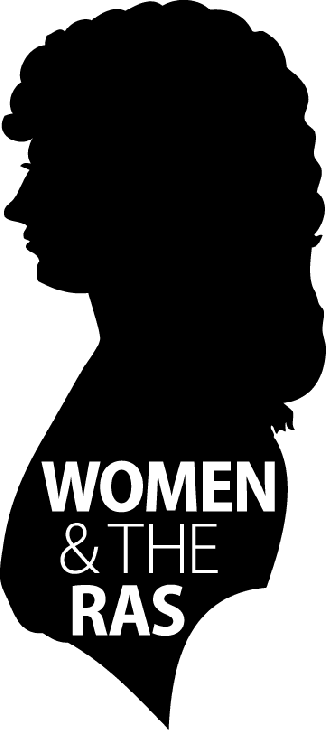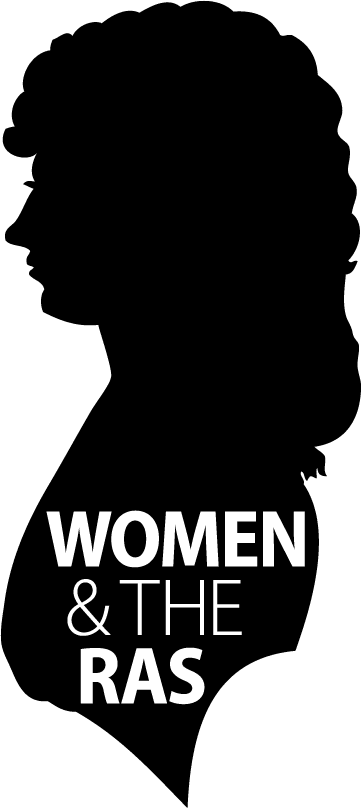 Blog
BlogMeet the women
I’m enjoying making the acquaintance of some women astronomers who have contributed to the Royal Astronomical Society.
 Blog
BlogI’m enjoying making the acquaintance of some women astronomers who have contributed to the Royal Astronomical Society.

The logo of the Women & the RAS centenary, based on a silhouette of Caroline Herschel.
Image Credit: RAS
I’m enjoying making the acquaintance of some women astronomers who have contributed to the Royal Astronomical Society.
I am doing so through the pages of A&G during 2016, when we are celebrating 100 years since women first became RAS Fellows. It’s fascinating to find out more about women who were Honorary Members, benefactors and Fellows – and those who were not – through the years.
What is interesting to me is that what women were doing then is what a lot of women do now: pursuing a fascination with the stars, the Sun, meteors and planets, delving into the mathematical, physical and chemical concepts that underpin observations, observing, experimenting, keeping records, lecturing and explaining. Now, of course, there are careers to be made in science, opportunities for women to train and work as scientists, as teachers, in industry, business and outreach. Some of that change we owe to changes in the law, but we owe an awful lot more to tough, determined women.
And make no mistake, they were tough. Isis Pogson was not considered a suitable person – as a woman – to be elected a Fellow of the RAS in 1886, but that did not stop her applying again 36 years later, and succeeding. I think I might have been tempted to do as Alice Everitt did, when her application was rejected in 1892 because of her sex. She went into another field of science entirely and became a founder member of the Royal Television Society. Annie Russell (later Maunder), also turned away in 1892, did accept election but put her considerable efforts for most of her career into the British Astronomical Association.
I, of course, live in a society that is very different from that of the 18th and 19th century. It speaks to the strength of these women pioneers that they achieved what they did within the mores of their times. Caroline Herschel, who discovered eight comets, saw her prime role as supporting her brother William, and later her nephew John. She was the archetypal servant of science, despite her considerable achievements as an observer in her own right. In his overview of Caroline’s life in A&G, Michael Hoskin makes clear that she was valued by her scientific contemporaries. Mary Brück, the great chronicler of women’s contributions to astronomy, is clear that Caroline had a sharp eye for the realities of life. She quotes from a letter to Nevil Maskelyne, the Astronomer Royal, responding to his congratulations on the publication of her Index to Flamsteed’s Catalogue: “…your having thought it worthy of the press has flattered my vanity not a little. You see, sir, I do own myself to be vain, because I would not wish to be singular; and was there ever a women without vanity? or a man either? only that with this difference, that among gentlemen the commodity is generally styled ambition.”
If you would like to submit an article to A&G Forum then please go here.